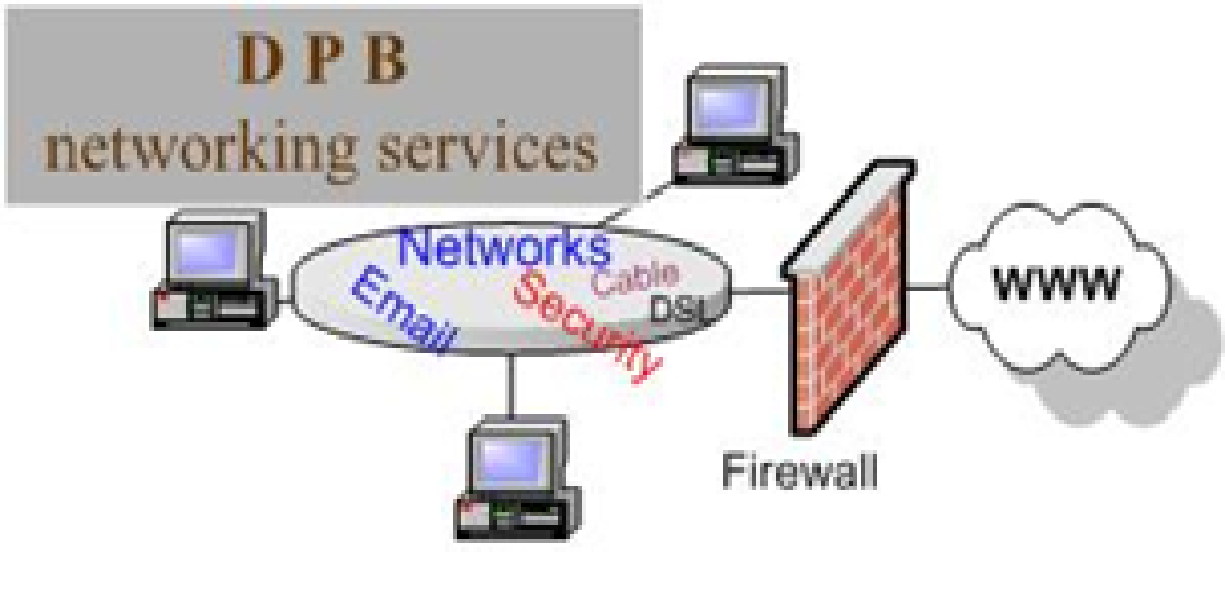LEDES Billing: Create invoices the right way
Join TimeSolv’s experts as they share tips in designing LEDES bills that won’t get rejected.
A Brief History of LEDES
LEDES is an acronym for Legal Electronic Data Exchange Standard. The format was created by the Legal Electronic Data Exchange Standard Oversight Committee in 1995 for the purpose of “creating and maintaining open standard formats for the electronic exchange of billing and other information between corporations and law firm.”
The committee set out to develop legal billing standards which would “meet the needs of corporations, law firms and legal industry software vendors.” Their goal was to establish a uniform standard for keeping bills simple and unambiguous, while also keeping attorneys from having to provide extraneous information on their invoices.
LEDES codes, also referred to as Uniform Task Based Management System (UTBMS) codes, were created with five basic principles:
- Keep the billing process simple
- Make bills unambiguous to cut down on questions and confusion
- Minimal deviation from existing legal billing formats
- Only require data that law firms can provide from their existing financial systems
- Meet the legal billing needs of law firms, as well as corporations and the legal industry as a whole
To meet all of these goals, the LEDES Oversight Committee created billing formats for law firms to utilize when invoicing their clients. These standards are now widely used across the domestic and international legal communities.
LEDES Billing Webinar: Create Electronic Invoices the Right Way
Explore what can sometimes be the frustrating world of LEDES billing and how to create bills you can file with confidence.
Who Uses LEDES
Practice areas that involve third-party clearinghouses, like insurance agencies, commonly utilize LEDES. For example, personal injury law firms that handle such matters as bodily injury, property damage, workers compensation, and property owner’s insurance disputes typically have experience using LEDES.
Third party clearinghouses routinely interact with hundreds or thousands of law firms every single day. The LEDES centralized billing format promotes consistency and less confusion when dealing with so many different law firms.
How LEDES works
The LEDES system uses a text-based format, so it appears as a text file when completed. There are no formatted columns, which makes it a challenge for individuals without LEDES experience to decipher.
The creation of LEDES billing statements can also be difficult for law firms that do so manually, and most general accounting systems are not equipped to handle the codes. For example, while QuickBooks is suitable for many accounting tasks, LEDES billing is not one of them. To create a LEDES invoice in QuickBooks, law firm staff must export the data and convert it to LEDES by utilizing additional software or creating an invoice manually.
While these extra steps may not be a major issue when billing for a couple of matters, for firms with a large LEDES billing case load, these extra steps become time consuming and inefficient. Manually formatting numerous invoices takes a lot of valuable time and firm resources, which is why these law firms need a legal billing system that quickly and accurately generates LEDES invoices.
TimeSolv helps law firms incorporate LEDES billing
TimeSolv’s automated legal billing software provides law firms with the tools to effortlessly create LEDES invoices. Lawyers who use the TimeSolv software can automatically generate invoices that incorporate the LEDES 1998B format. Auto formatted to the exact specifications of the LEDES billing system, TImeSolv allows you to easily upload client data and generate LEDES compliant invoices.
To fulfill these tasks, law firms simply input specific data needed to fulfill the standard requirements for the LEDES format, including:
- Tax ID information
- LEDES Timekeeper ID and LEDES Classification
- Task and Activity Codes
- Timekeeper Hourly Rate
- Bill Delivery Method
- Client LEDES IDs
- Delivery Email Addresses
- Client Matter IDs
TimeSolv also guides your law firm staff through the processes necessary for compliance with LEDES formatting. With the TimeSolv application, you can be assured that your invoices are comparable with those generated by large firms nationwide and compatible with the billing requirements of your major clients.
TimeSolv offers several additional resources to law firms with the implementation of LEDES billing. For example, you can program the system to automatically email you a copy of the billing statement. You can also request the copy in the LEDES format, as well as an easier-to-read PDF version.
To make the implementation process easier, TimeSolv offers you and your law firm staff step-by-step instructions for creating LEDES invoices within their legal billing software. You can even request personalized training and assistance should it be necessary.
Streamlined Invoicing
LEDES billing codes streamline the invoicing process by allowing law firms to separate and compartmentalize their billable tasks and expenses. For instance, LEDES timekeeper classification codes quickly categorize the various levels of timekeepers that may work on a matter, from law firm partners to legal assistants.
LEDES also provides defined activity codes based on common tasks. By implementing LEDES billing, law firms can quickly choose the most appropriate activity code instead of constantly reinventing their own codes to define completed tasks.
For staff members, these pre-established codes take less effort because timekeepers no longer need to familiarize themselves with your firm’s unique customizations and task codes. Instead, any staff member with an understanding of LEDES billing can easily come in and utilize your billing system without wasting time or money.
Tracking Invoice Data
With LEDES, law firms can easily and accurately track invoicing data. Many firms only utilize a few catch-all codes to capture the numerous tasks that they complete each day. But these overly general codes make it extremely difficult when trying to determine which legal services your practice provides most often and to which clients.
The LEDES system has been tested and refined for more than two decades. It only takes implementation to provide your law firm with access to a system that quickly and easily collects and tracks comprehensive billing data.
You can then turn that valuable data into actionable and strategic steps for law firm growth. When lawyers know exactly how much time and effort was spent on specific tasks, they can better determine where the inefficiencies exist and how to perform those tasks in the most profitable manner.
To remain competitive in a crowded field, law firms cannot rely on antiquated, ineffective billing practices that don’t allow for any analysis of billing and collections data. LEDES offers comprehensive data reviews, which can lead to increased profitability.
Optimize your firm’s billing process with LEDES through TimeSolv
If you’ve been thinking about implementing LEDES billing into your law firm’s billing system, don’t let perceived challenges and difficulties keep you from making the leap. With legal billing software compatible with LEDES, you can quickly and easily create invoices that are formatted to the exact specifications of the LEDES billing system.
Rely on TimeSolv to help you through the process of implementing LEDES into your firm. TimeSolv offers backend automated office solutions that bring big-firm innovations to all law firms of every size. We provide low-cost automated solutions to optimize your firm’s billing, collection, expense tracking, internal reporting, and project management efforts. With fee training, TimeSolv helps your firm maximize all of the features it has to offer.
To learn more about TimeSolv and its LEDES billing capabilities, click here to take advantage of a free, no-obligation trial period.
LEDES Billing: Create invoices the right way
Join TimeSolv’s experts as they share tips in designing LEDES bills that won’t get rejected.

















